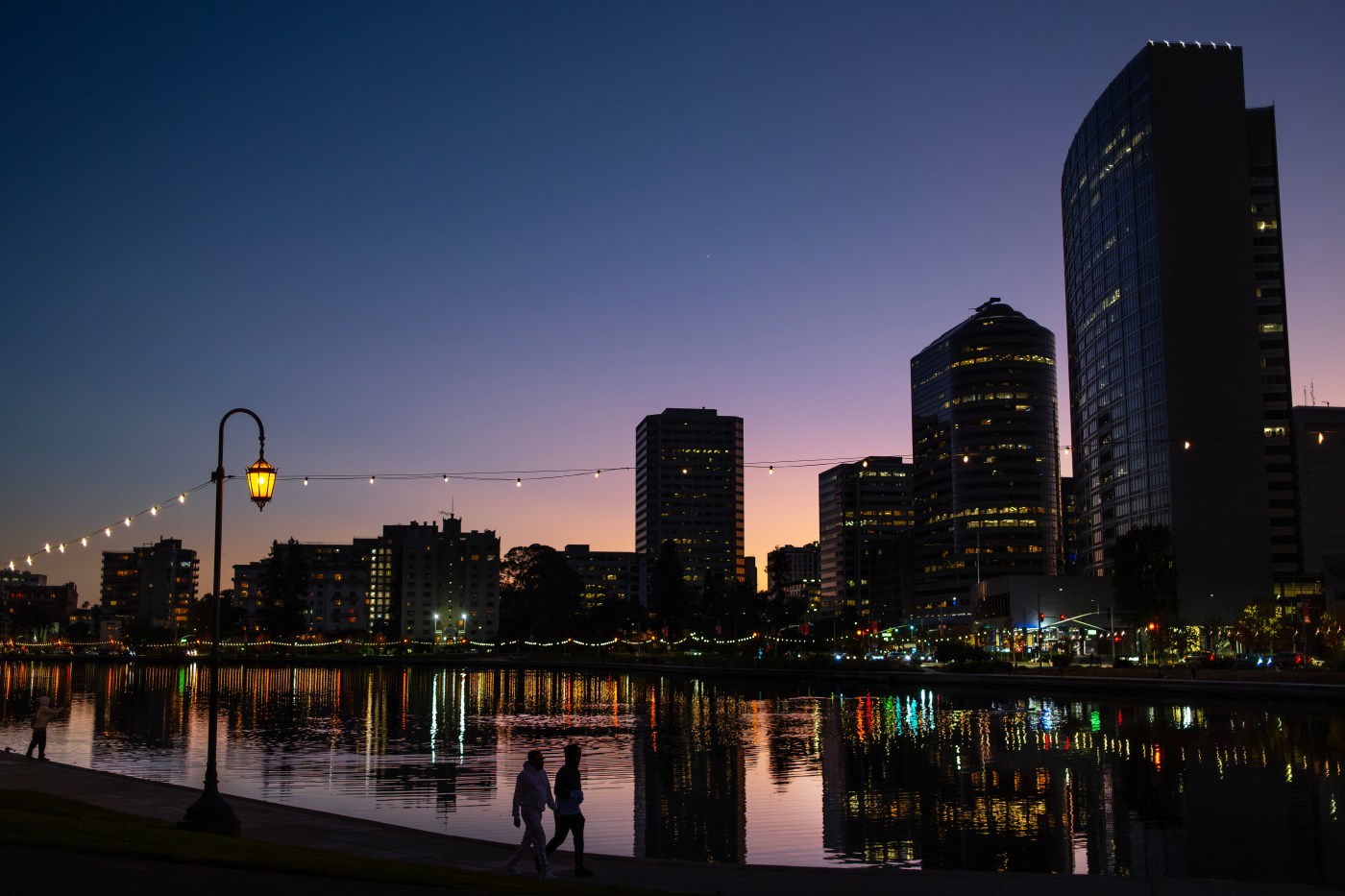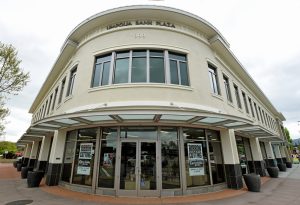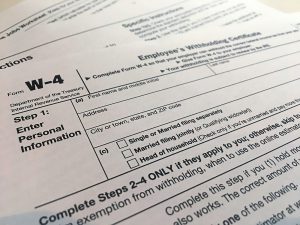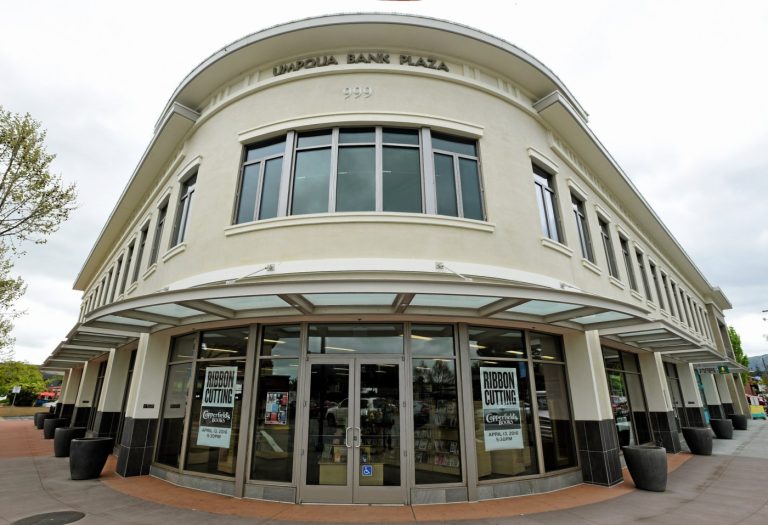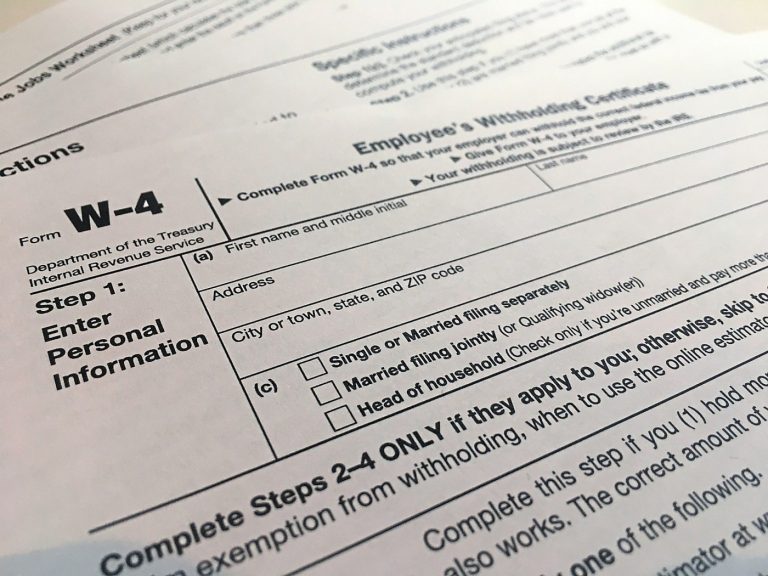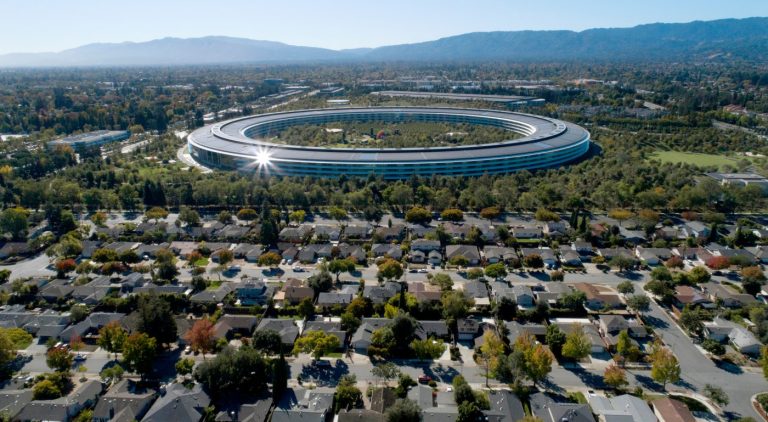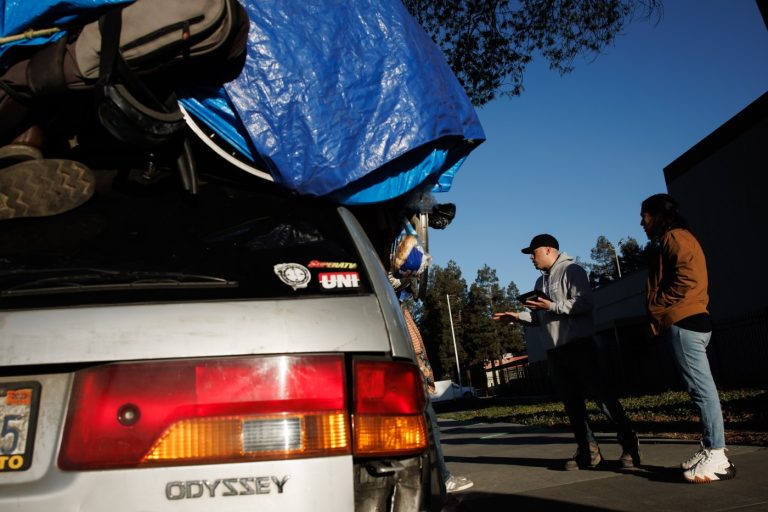Widening loan defaults and foreclosures haunted Bay Area properties in 2024, but a late-year flurry of significant tech industry leases offered hope for the battered South Bay office sector.
Throughout the year, sky-high vacancy levels jolted Bay Area buildings, a dearth of business travelers posed problems for hotels and expensive financing afflicted the suddenly shaky apartment market.
Downtown San Jose and the city’s SoFA district, looking north, as seen on Dec. 5, 2024. (George Avalos/Bay Area News Group)
However, as the year closed, impactful office deals by high-profile tech companies may have foreshadowed a rebound in the sputtering sector in 2025. Several big leases — one of them a huge rental agreement that could accommodate thousands of workers — occurred in the South Bay alone.
Among the significant rental deals:
• Snowflake subleased 773,000 square feet of office space in Menlo Park, enough room for 3,800 workers.
• Amazon reached an agreement to occupy 217,000 square feet of space in Mountain View.
• Nvidia leased 101,600 square feet of office and research space in North San Jose.
• Netgear leased an office building totaling 89,400 square feet in North San Jose.
And it wasn’t just leases. A few technology powerhouses also pulled off some of the biggest property purchases in the Bay Area, particularly in the South Bay — transactions that helped to buoy the sinking commercial real estate sector in the nine-county region and portend a back-to-the-office trend for next year.
“More and more companies in Silicon Valley will have people working in offices in 2025,” said Chad Leiker, a first vice president with Kidder Mathews, a commercial real estate firm. “If that happens, it will bring us closer to where we were in the old days” before the COVID-19 outbreak.
The year began ominously, providing an early glimpse of what became a trend throughout 2024: A big office building was facing foreclosure due to a delinquent loan.
Located at 3100 North First St., the site in San Jose fell into a loan default and was eventually seized by its lender through foreclosure before it was sold — a reminder of the boom-bust cycle of Silicon Valley and the battered commercial real estate market.
In January, it was valued at $32.1 million. The foreclosure in May slashed its value to $19 million. In September, a biotech firm bought it for $17.5 million.
The building’s fate illustrated the general struggles of the office market and was a reminder that despite relentless layoffs, companies continued to scout for purchases that could help them solidify their footprints in Silicon Valley.
Here are the biggest property purchases of 2024 in the Bay Area:
• Nvidia paid $374.3 million in May for eight buildings in Santa Clara that are near the company’s campus.
• Microsoft paid $330 million in September for a Mountain View property it had occupied since 2019.
• Fortinet paid $192 million for a Santa Clara tech campus that it bought from Texas Instruments.
Despite some successes, dozens of office buildings, apartment complexes and hotels throughout the Bay Area toppled into various stages of loan delinquencies or seizures. Those that escaped foreclosure were bought at prices that were a fraction of their prior worth, unleashing a dramatic reset in property values.
The Courtyard Oakland Downtown, a prominent hotel in the urban heart of the East Bay’s largest city, was bought in October for $10.6 million, 76% less than the $43.8 million that the seller paid in 2016.
In downtown San Jose, the historic Hotel De Anza was purchased for $11.6 million, or roughly half of its prior value.
The owner of the 686-room, 36-story Hyatt Regency San Francisco Downtown SoMa hotel walked away and gave back the keys to the lender. The hotel had been bought in 2018 for $315 million, but the foreclosure showed it was worth no more than $290 million.
A plunge in values also created plenty of opportunities to capitalize on countless bargain basement properties.
George Mersho, top boss at Shoe Palace, is one such bargain hunter. Mersho-led groups purchased two office complexes in downtown San Jose at a fraction of their prior value.
In February, a Mersho-led group paid $34.2 million for a downtown complex that was 77% below the $141.4 million the sellers shelled out in 2019.
But despite a slumping real estate market, some high-profile commercial hubs are thriving.
Westfield Valley Fair in San Jose continues to land new tenants, including a new Alamo Drafthouse movie theater and numerous merchants that will expand the shopping, restaurant and entertainment center’s collection of luxury stores.
Santana Row, a mixed-use destination neighborhood in San Jose, remains a magnet for new restaurants and shops. The One Santana West office building is now more than half full after several firms leased spaces.
One of the tenants that headed to One Santana West was a unit of PwC, a global professional services company. PwC exited downtown San Jose to take space at Santana Row, which was deemed to be a blow to the city’s urban core.
However, the building at 488 South Almaden Blvd. that lost PwC subsequently landed the Santa Clara Valley Transportation Authority as its principal tenant.
Across the street at a different Santana Row site, Cisco Systems officially moved into an office in November where it will jointly operate with its subsidiary Splunk. Some 3,900 Cisco and Splunk employees will work in the building.
Looking toward the future, downtown San Jose is ready to welcome an ambitious and massive effort to produce thousands of homes alongside data centers, with key support from PG&E. Construction is slated to launch in 2025.
Global developer Westbank, PG&E and the city of San Jose have allied to speed the development of eco-friendly housing towers whose energy would be powered by surplus heat from the nearby data centers.
In another unique downtown project, a former hotel tower was converted this year into a housing high-rise for San Jose State University students. The project helped meet housing needs and improved hotel vacancy levels in the South Bay.
Downtown San Jose has also attracted an array of one-of-a-kind merchants.
They include Urban Putt, a miniature golf course site; Unofficial Logging, an ax-throwing venue; and Eos & Nyx, a top-notch restaurant and bar. Pete Be Center also is preparing a music, entertainment and live events venue.
The state of the Bay Area property market also may have helped to unravel the increasingly shaky real estate empire that China-based Z&L Properties had fashioned in San Jose.
Z&L has neglected its properties, creating blighted conditions at three of the downtown sites it owns. After it had proposed several housing towers, it eventually presided over failed development efforts.
The only project Z&L has completed, a 600-unit double-tower residential complex, is in default on its loan and could be seized by its lender.
Even with commercial real estate struggles, some merchants are taking over spaces that were occupied by failed retailers.
In San Jose, Hobby Lobby leased a space vacated by Bed, Bath and Beyond at Almaden Plaza. In the same center, Sports Basement is renting a site occupied by bookseller Barnes and Noble, which is planning to leave.
A few miles away at The Plant shopping and restaurant center in San Jose, family-owned Mexican grocery chain Vallarta Supermarkets is opening its first Bay Area store. It will replace a long-shuttered Toys ‘R Us and Babies ‘R Us location.
The collapse in valuations affects more than property owners — it is also poised to unleash widespread impacts on public agencies.
The nosedive in real estate prices raised the specter that property taxes could erode and diminish the revenue flow to cities, counties, school districts and other government agencies.
Still, some green shoots have begun to sprout amid the grim rubble of the commercial real estate landscape.
The Plaza at Walnut Creek, a downtown Walnut Creek office complex described as a “trophy” real estate property, was bought for $162 million. The price of $477 a square foot is deemed to be a “top dollar” amount.
